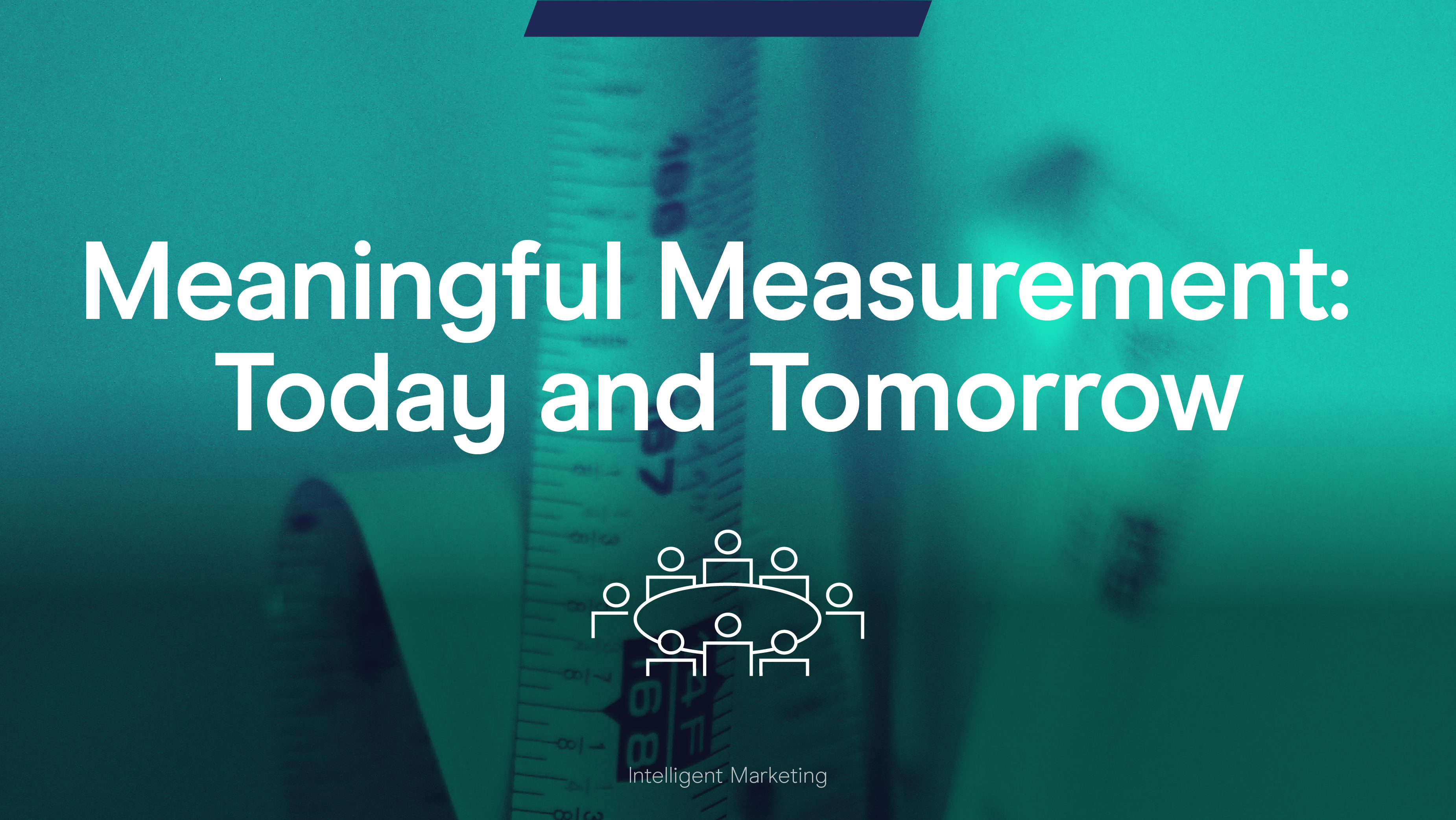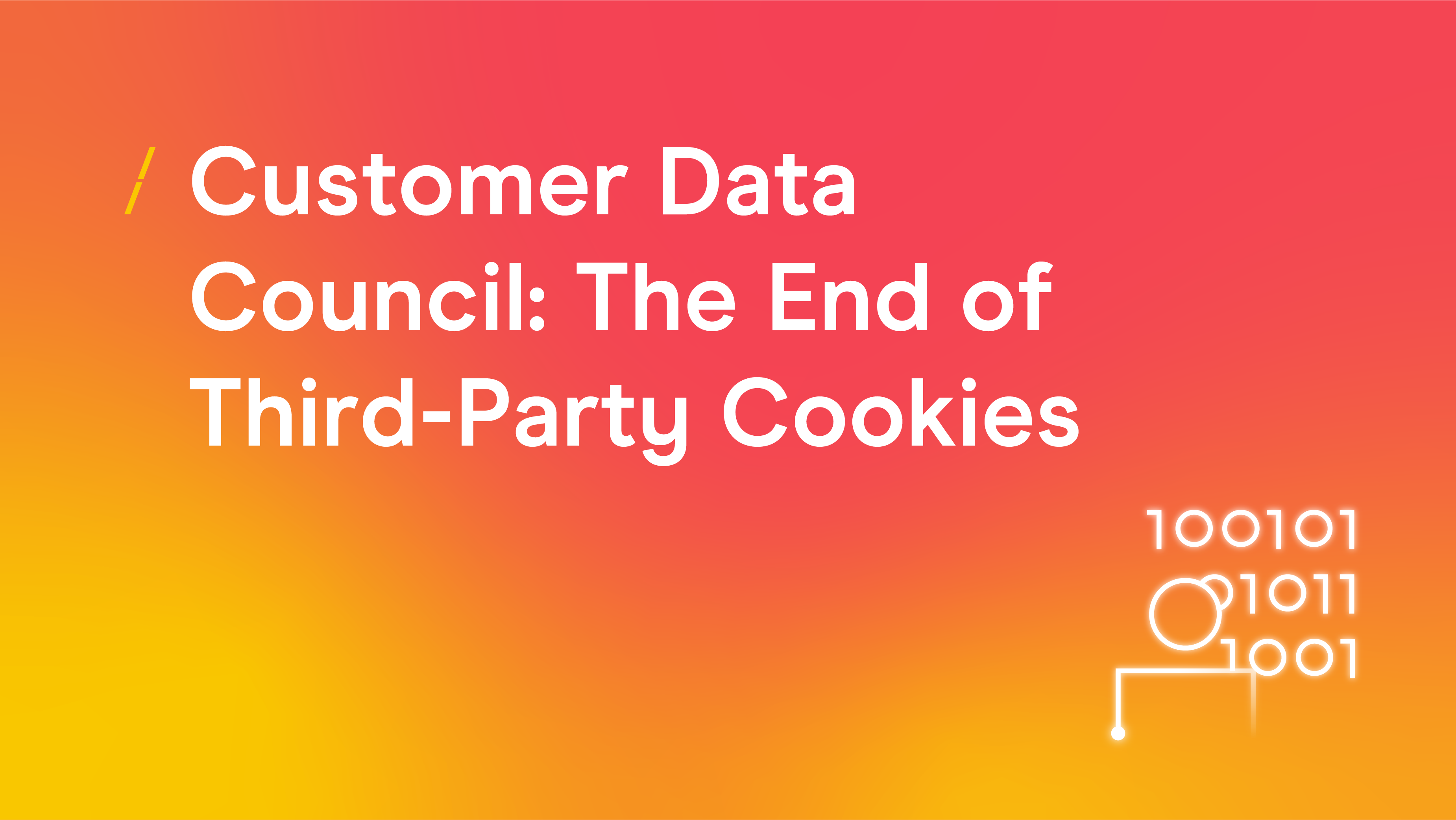When It Comes to Conversions, Size DOES Matter!
19 Feb 2015

If I could give you one piece of advice, and just one… that'd be "never launch a digital campaign without conversion tracking in place", (believe it or not, I've seen campaigns without it!). The thing is, how could you know whether a campaign is successful or not without conversion tracking?
What's a conversion?
A conversion is an activity on your site that is important to the success of your business. This could be anything from a user signing up to your newsletter to making a purchase. As with everything in life, conversions will have the importance that you want to give them, so we'll differentiate two type of conversions: micro conversions and macro conversions.
Micro conversions: Micro conversions are those activities that users frequently engage in before purchasing. Some examples could be; email sign up, pdf download, account creation, etc.
Macro conversions: This is the ultimate conversion you want to be tracking, the most important one to your business. If you have an e-commerce site, then a purchase would be your macro conversion. However, if you are a B2B business, maybe getting a lead is what you are after.
Since Display is higher up in the purchase funnel, conversion rate tends to be lower than other digital channels like PPC, direct or organic. In order to make the most of your display campaigns, you really need to understand the value of the traffic that you are bringing to the site. This is where micro conversions come into place. Google Analytics can also help with engagement metrics like bounce rate, time on site or page views.
Can you give me an example?
Let's imagine that you have an online shop and you want to sell shoes. A user, who doesn't know yet who you are, clicks on one of your display ads. Now, let's have a look at two different scenarios:
Scenario 1: A user visits your homepage, reads a couple of pages and leaves without making any other action? Of course, he doesn't make a purchase either.
Scenario 2: A user visits your homepage, watches a couple of videos on your site, downloads the guide you have with all your products and then signs up to your newsletter (you're tracking these actions as your micro conversions!). He doesn't make a purchase either though.
Neither of them made a purchase, which is what you are after, however, I'm sure we both agree that the second one is more valuable to you, as he showed more interest (made actions that you think are valuable to your business) and consequently will be more likely to convert in the future.
Why are micro conversions important? If you weren't tracking those micro conversions, you wouldn't be able to identify between those two types of users and you'd be missing a lot of opportunities! For instance, you could:
- Create a remarketing lists of users who completed a micro conversion and remarket to them with different creatives (i.e a discount if they signed up to my newsletter, a different call to action because they might be ready to purchase now, etc)
- You could also increase bids for those who made certain actions on my site, as they are more valuable to me, rather than bid the same for every single user.
- You could also exclude those users from your main remarketing lists to avoid overlaps.
When we optimise, we take into consideration every type of conversion. We obviously focus on the macro conversions, giving more weight to them, but we don't ignore micro conversions; the more info we have the better!
Conclusion
Let's have a look at a very simple example. Let's imagine that I'm single and want to find Mrs Right:

Since I'm out in the market, I go out every single night (brand awareness - programmatic campaign). As you can imagine, I'll need to optimise and block those pubs (placements) that are not performing well (to avoid wasting impressions). This is a very successful campaign and I'm getting a few dates (visits to my site – direct response). As you know, I want to marry one of them (macro conversion), but I know it's something that won't happen overnight. With that in mind, I'll try to focus my efforts on those ones that are more likely to marry me (convert), but, as you can imagine, I don't have a clue just yet. I make a list of potential wives based on how those dates (visits) went. Don't get me wrong, I'll try to meet them all again (remarketing – as those are users who visited my site and show some interest), but I will focus on those ones who are more valuable to me: those who like to travel, order Chinese food on a Sunday and know what the meaning of "offside" is (my micro conversions). With that in mind, I'll go after one that I'm falling in love with (will bid more aggressively!). In my next date with someone I think could be the one, I'll wear a jumper with a plane and go to a Chinese restaurant (customise the creative, based on what the user did on the site – you get the message!) and finally, I'll pop the question. In case you were wondering, she will say yes (convert - of course she will!).
To view the article as displayed on Periscopix's website, please click here.




Please login to comment.
Comments